The Crone and the Stone.
The Crone and the Stone.
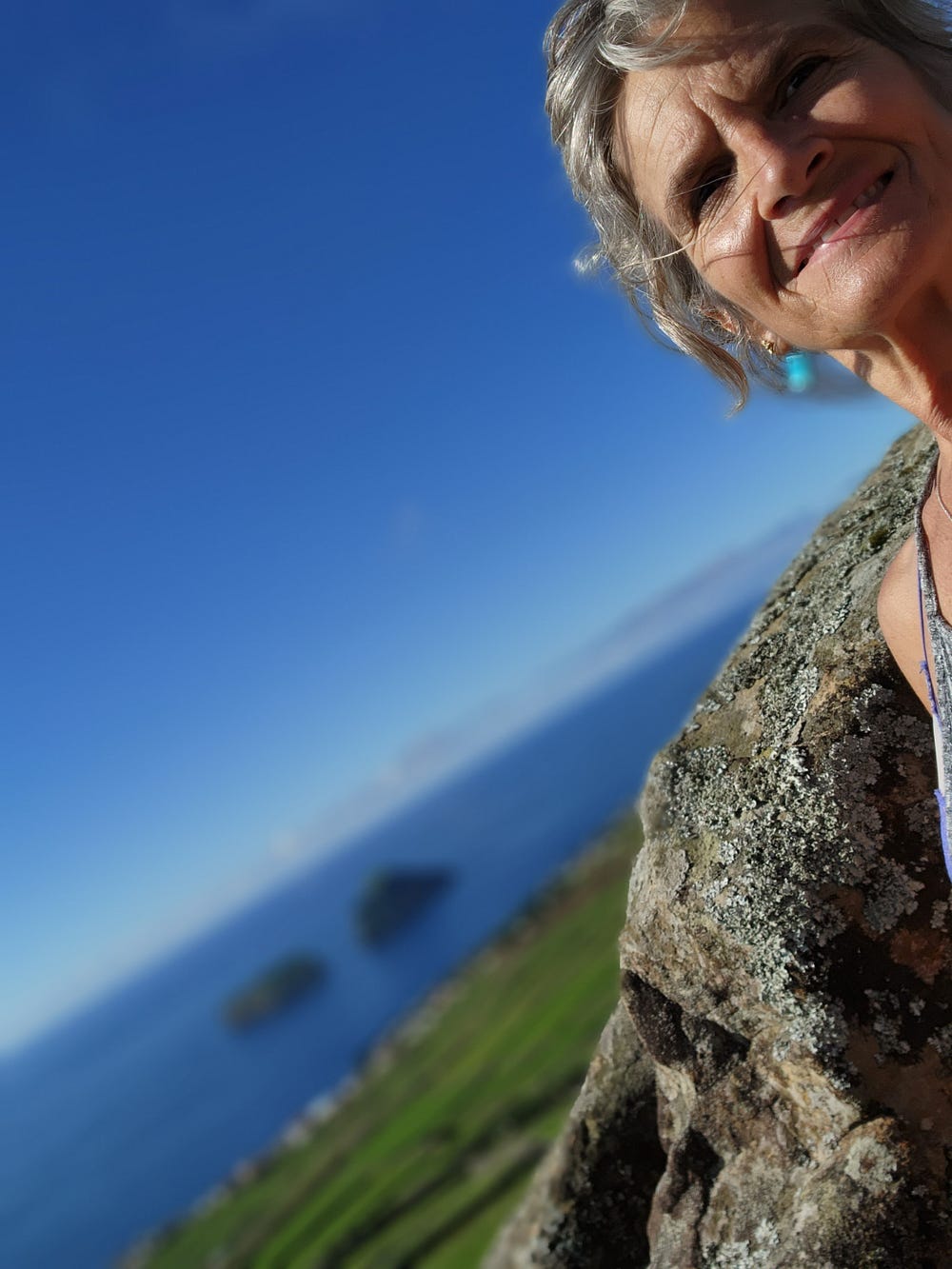
I am Venezuelan by birth, born in 1962 from a beautiful woman raised in the jungles of Venezuela. My father was born in 1925, although American, he was raised in Honduras. His mother was from the nearby Bay Islands. I had a dual citizenship at birth. My beautiful mother was the “ It girl” of Borburata, Venezuela. she was born in 1940 at a time when access to education in the region reached only to the third grade. She is super intelligent despite her limited access to school. Some folks like to use the word bright to describe the gentler sex but in my book that is just another way to deny a woman her full faculties. My father also had a wonderful mind.

We did not stay long in Venezuela. My brother, who is one year older than me, was also along for the ride. My father was a papermill designer, and his job took us around the world. At first, it was Central and South America, which was easy since we were Spanish speaking. His specialty was paper recycling. We would often be put up in the Hilton penthouse paid by the company that hired him as the designer. I loved the pool and magic shows that went with Hilton penthouse living. We did not own any thing accept the suit cases and their contents. I pretty much owned what I could carry for myself. Sometimes, my dad would be converting an already built mill, other times he would be starting from scratch. We often stayed in one of the beautiful estates belonging to the mill owner and drove company cars around. While living in Latin America, it was Catholic school for me, often in a convent setting. Sometimes, I did not attend school at all due to our constant moving. My parents were sea people. My father was one of the first to use an aqualung. His photography above and below the water was beyond compare. My mother would follow him to the ends of the earth.



My family photos recorded in Kodachrome were forever clicked through the family projector as a nightly ritual. At times my father would ask us to pose in the dark where he would project selected slides on us to create sublime images. Below is my mother with a sea anemone with a fish eye centered on her forehead. Sometimes he would add two slides to the projector at once creating a 3 layered, perfectly orchestrated image.
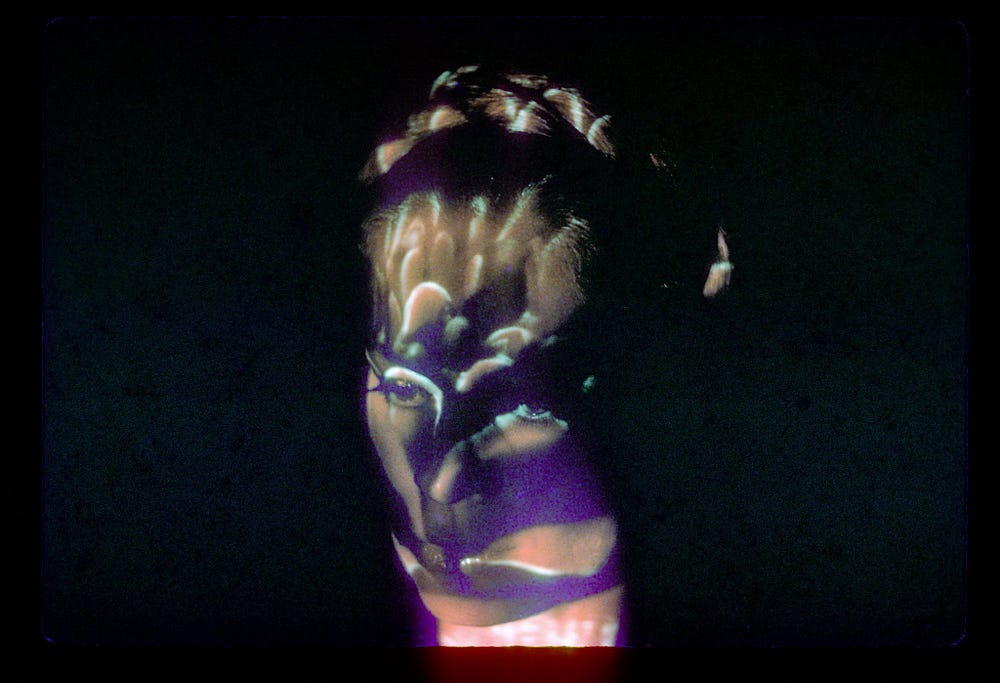
My life recorded in Kodachrome is a window into my memories. I beg your pardon for indulging in old family pictures. I see these as not only as merely a fraction of the mounds of bags of old family slides, I see them as works of art by one the greatest artist, my father. Many people will look to the homeland as I look at the sea. The Atlantic is my homeland. I know, I should have prepared hors d’oeuvres but I had no idea who might attend my slide show party, and the rock selling market is not what it use to be. As I swing on a shoestring to the Azores for another look at the stone monuments, entertainment is what I can offer to satiate the senses. Okay, now that we are all seated and comfortable, let the show begin.🌈



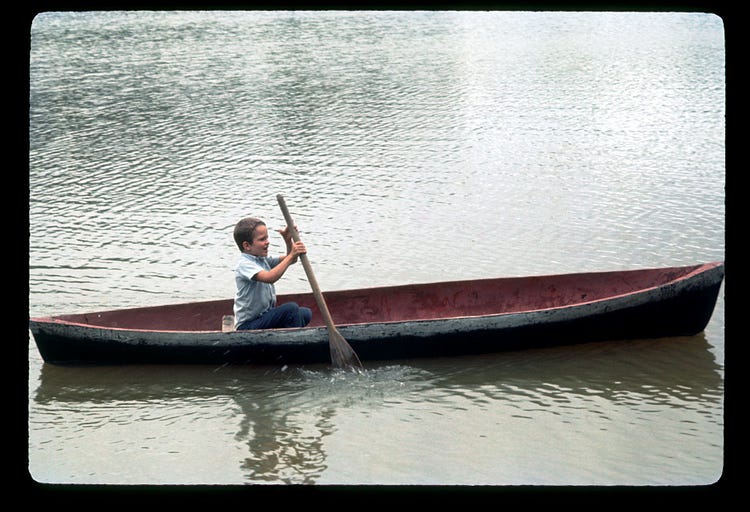

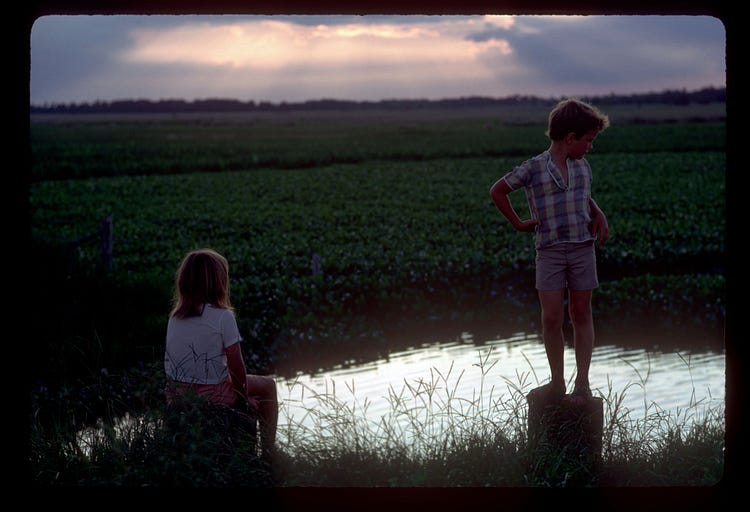
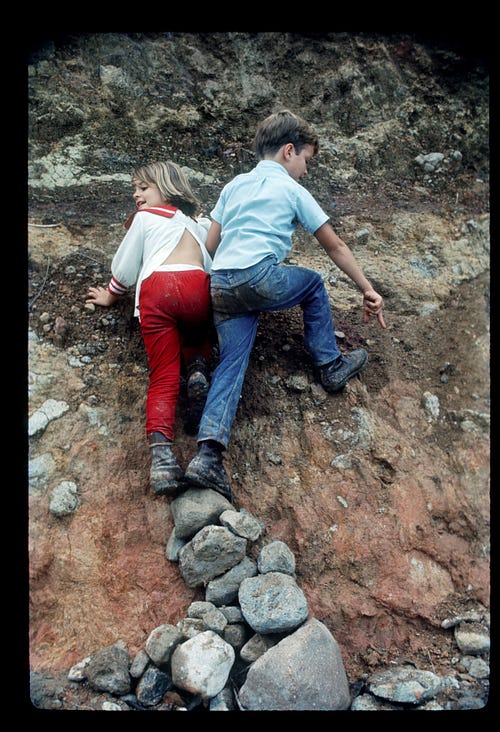

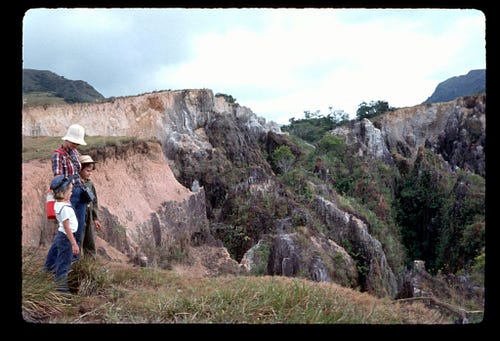

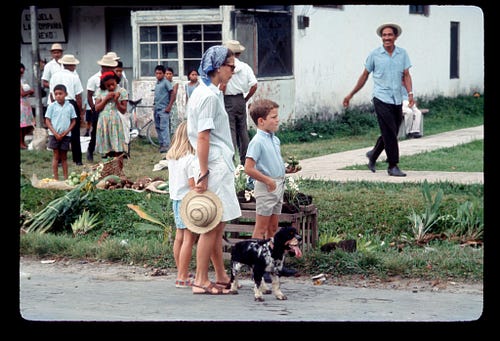
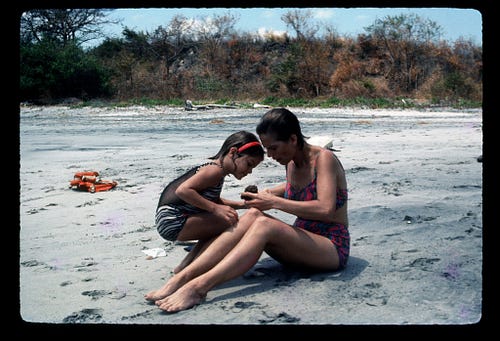
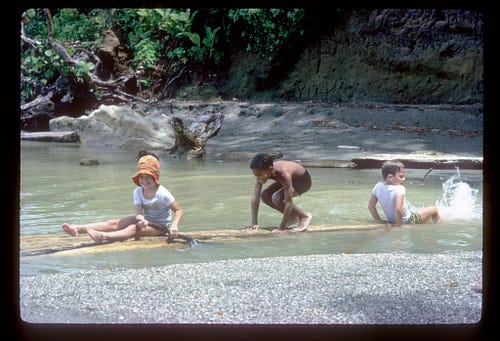



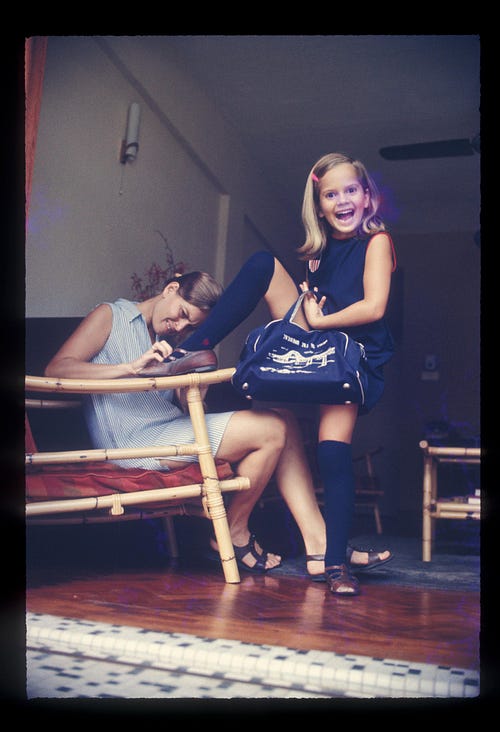
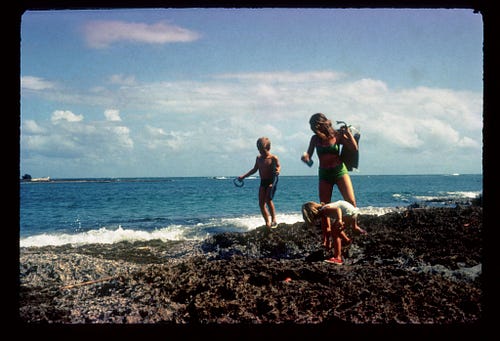


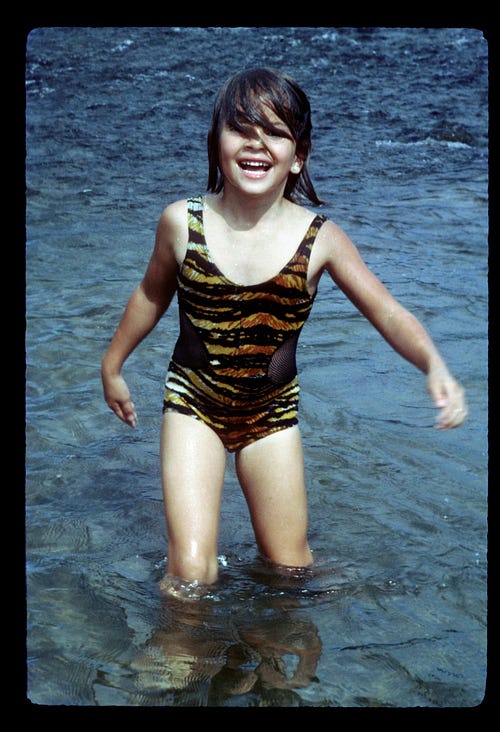

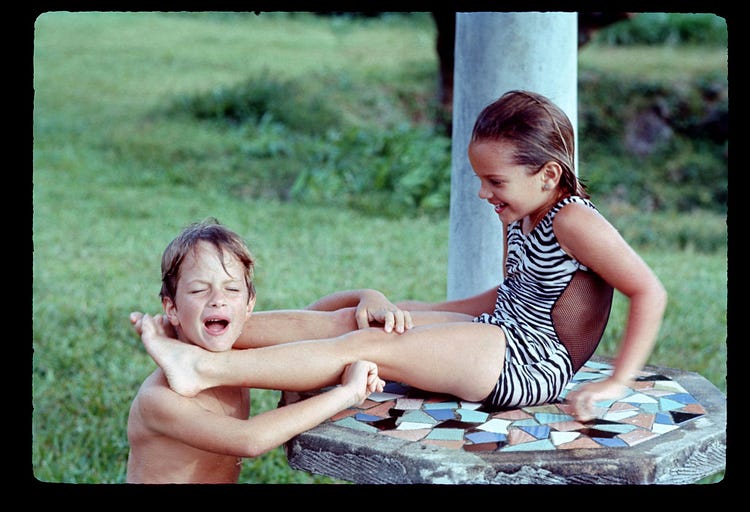
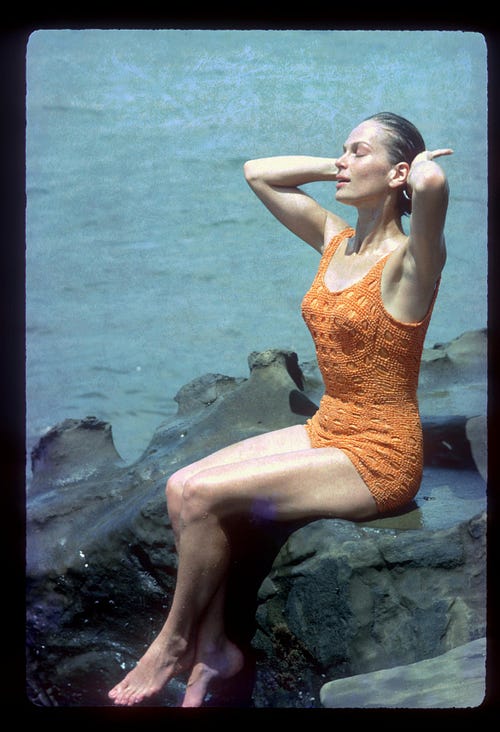

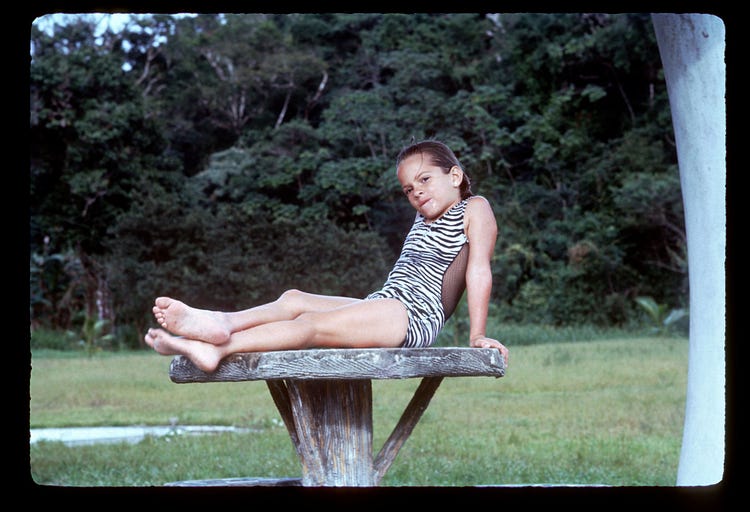



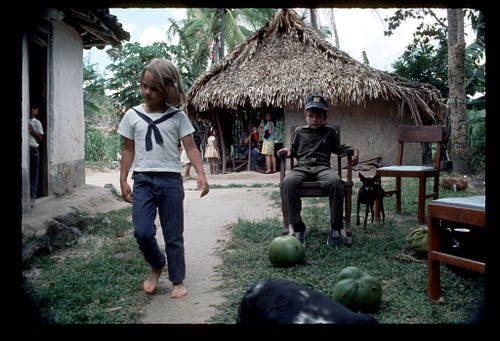


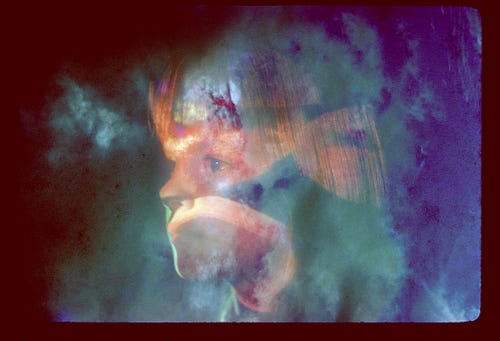
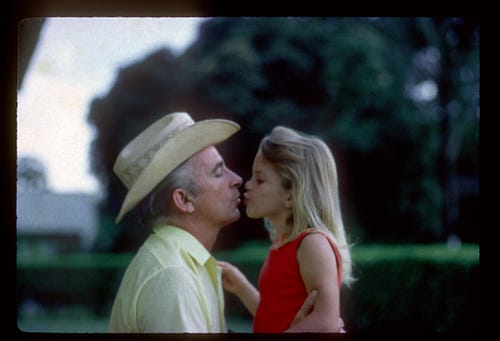
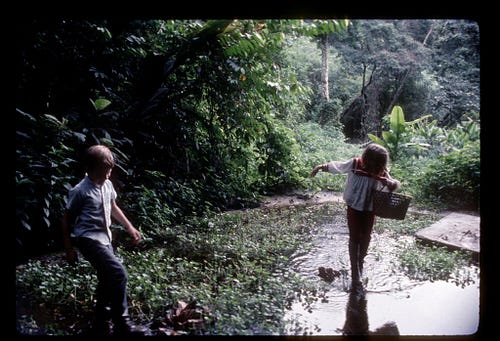
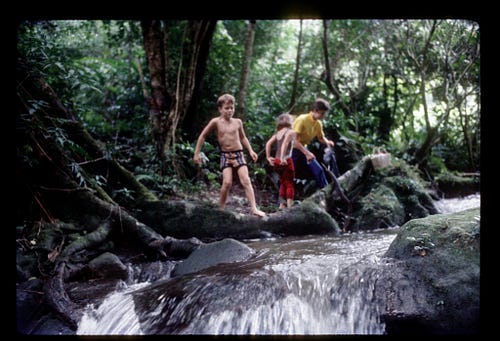
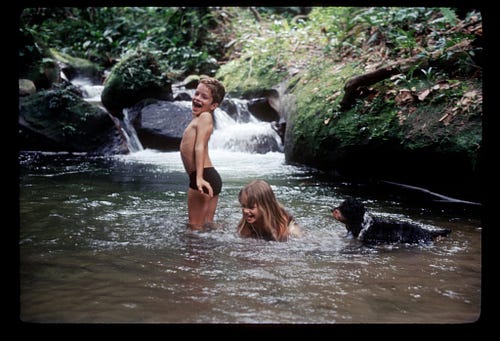
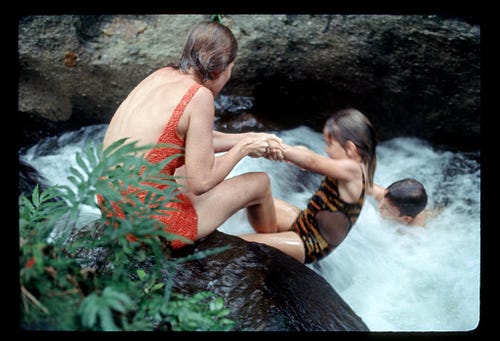

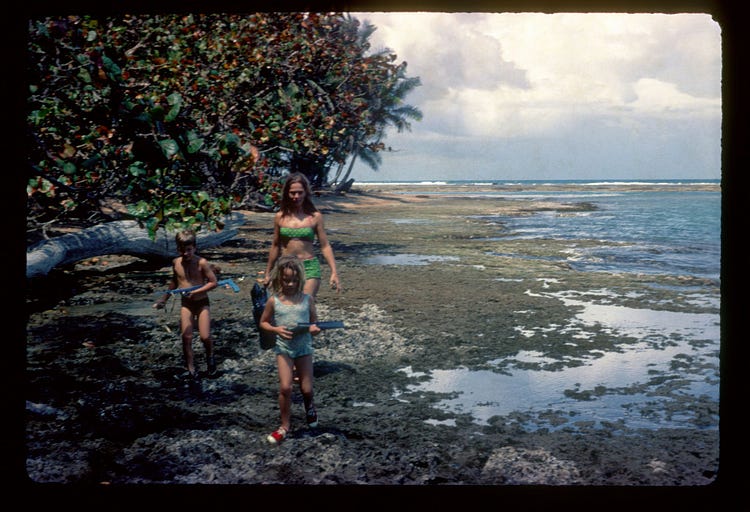
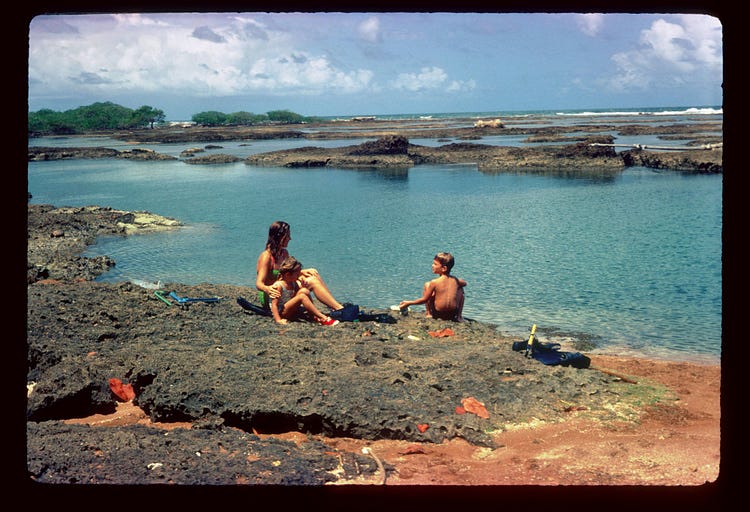
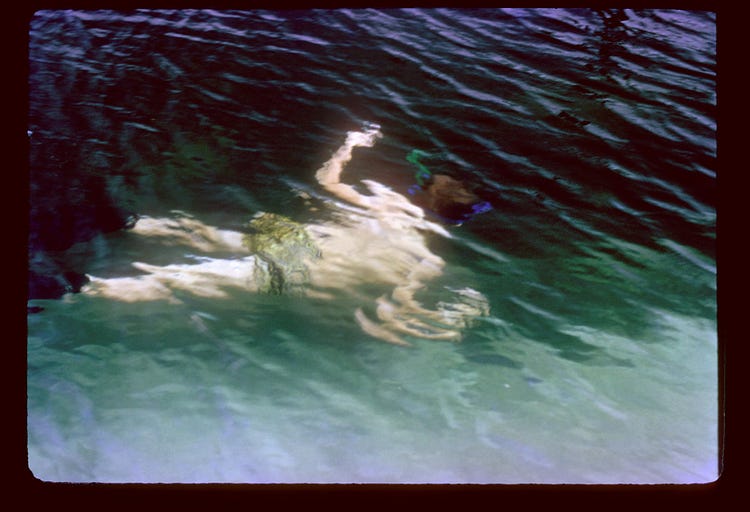
In junior high my family came to the States when my father took a permanent position in Augusta Maine. It was a rude awakening for my jet-setting family. It was a huge adjustment . As I mentioned we owned nothing but the bags we carried. We arrived to the States from Singapore in hopes of entering the coveted NE US school system, although Singapore was the most memorable of places for me. The Tiger Balm Park was my playground. There was not a Buddha bellybutton I did not explore, then I would run to the Buddhist Hell as my favorite destination. My parents knew where to find me. I was fascinated as the images of the figurines that were burned into my memory forever. There was nothing better, right?😏I have posted my favorites below. There are many slides of the park among the paper grocery bags stored in my closet, but it is a task to digitize them for this moment, remember I am far from home on the Azores. I was still able to conjure some of my favorites posted freely on the internet. The one that intrigued me most was the boiling kettle.


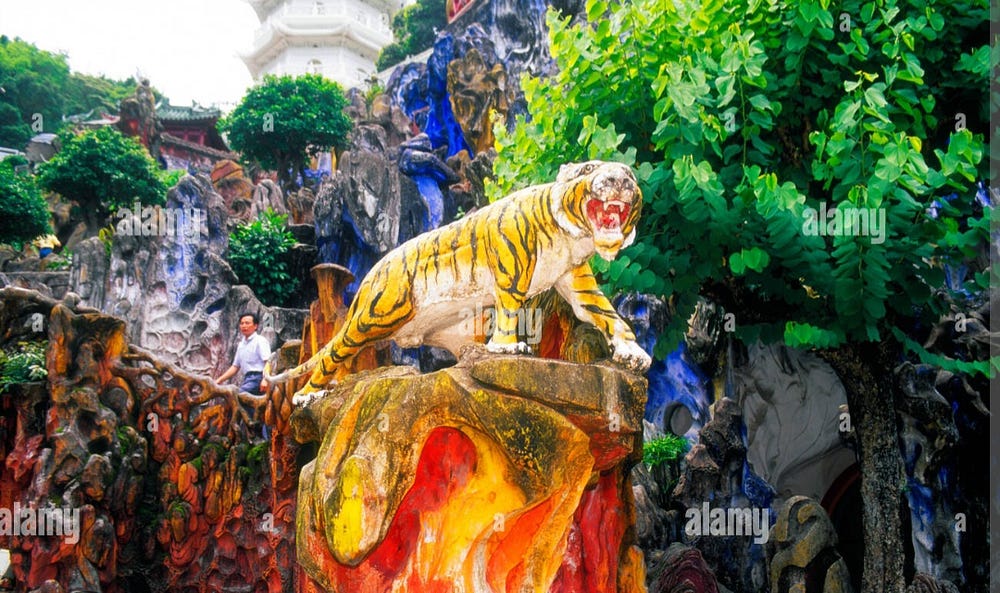



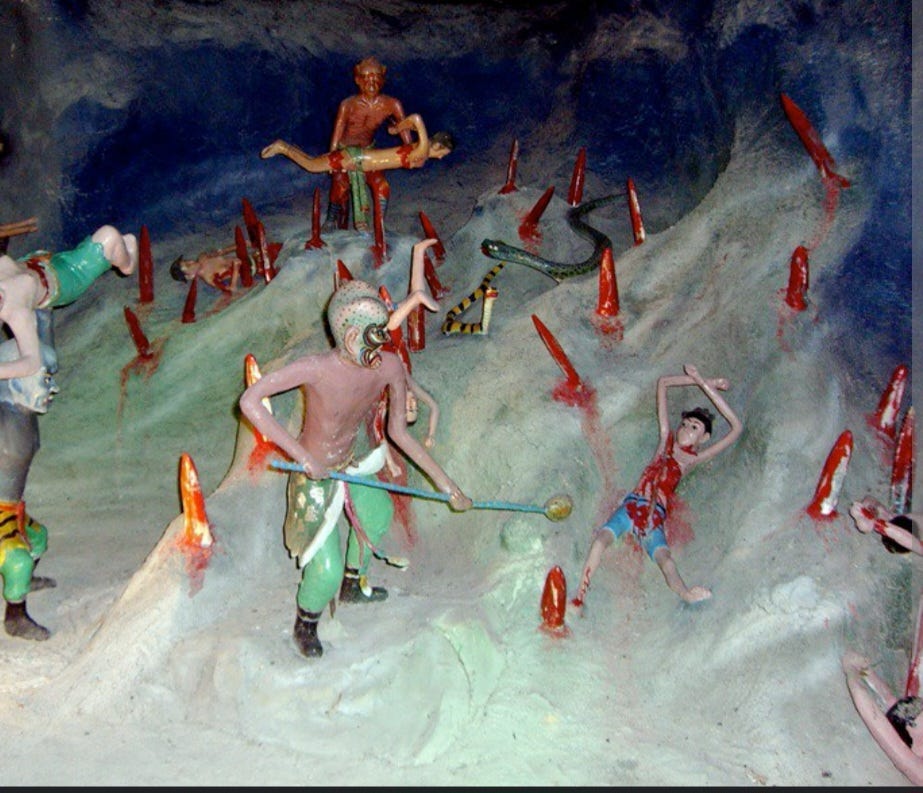

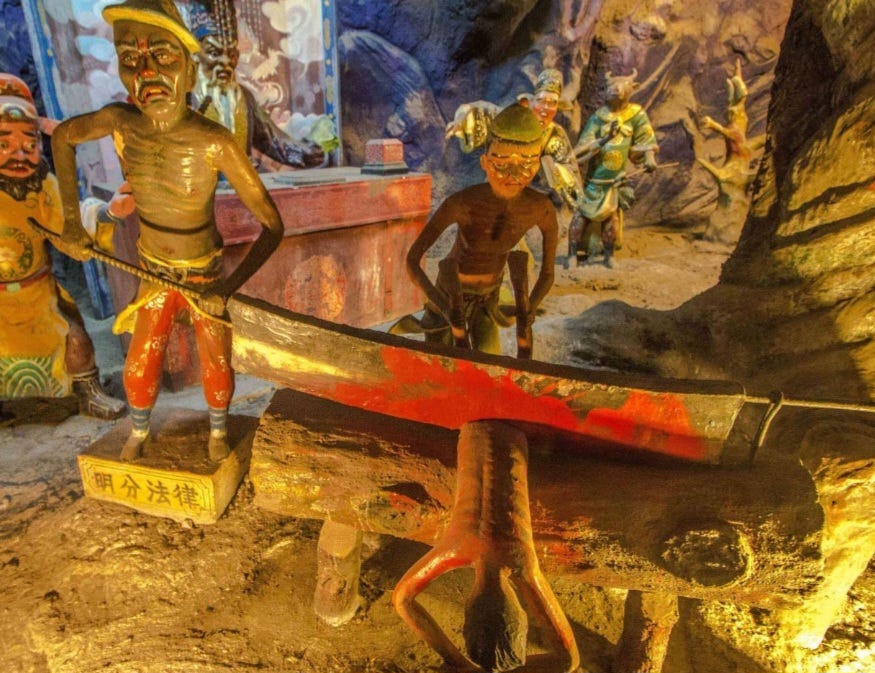
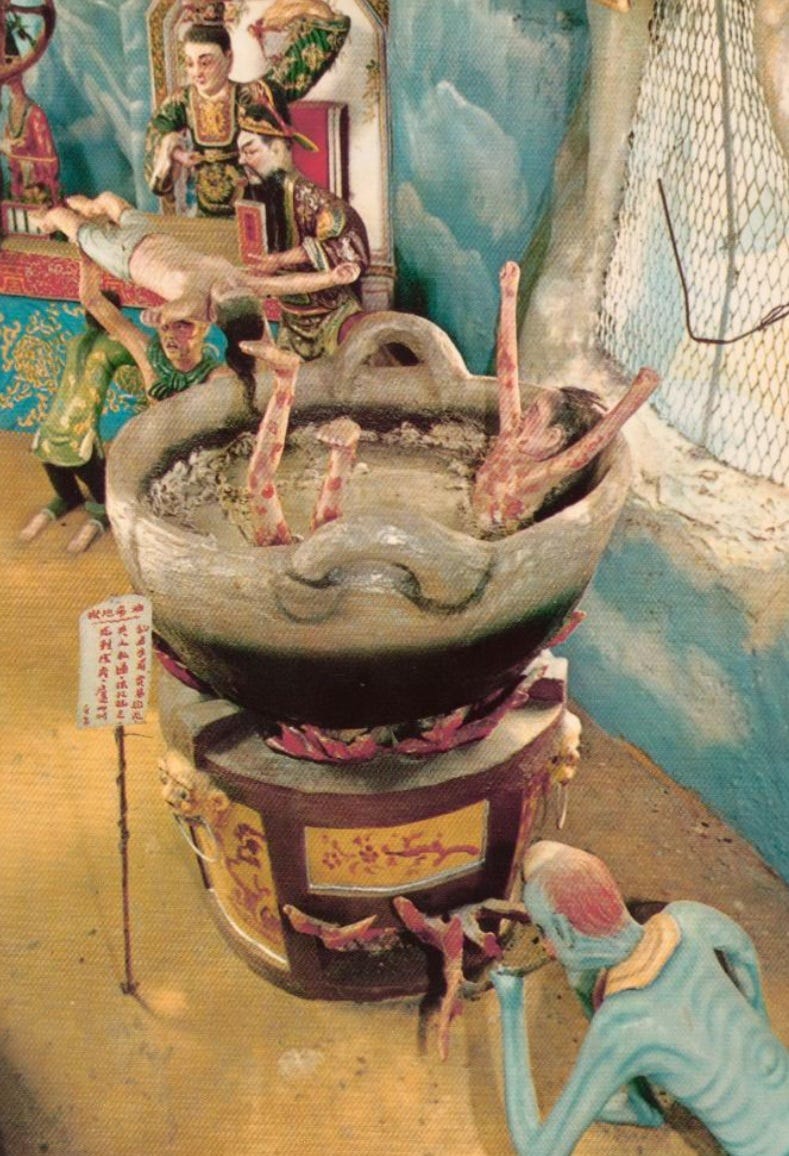
I was prompted to give you some background of who I am by those who insist of defining me rather than my work. My work has a knee jerk reaction for some. When you turn the world up-side-down with something like Lithic Literature, the dissonance can cause some nasty behaviors. When I first started pushing my wares on line, I was a baitfish ball for the taking, especially academia. If you can imagine me as St. Sebastian it would be accurate. A common response was “ There is a pill for you.” I was even on probation with one of my lovely daughters who would add parameters when visiting: No talking about rocks? People felt threatened by my ideas. I was overwhelming everyone. I did adhere to my daughter’s request but I continued to deal the cards whenever she was not looking. It started to take hold. Pretty soon I had a little army of sentient folk who began to stand up to the bullies. Even the coprolite loving Paleoanthropologist had to finally give it up after a long duel. I even got a special t-shirt from my daughter to wear to her parties!
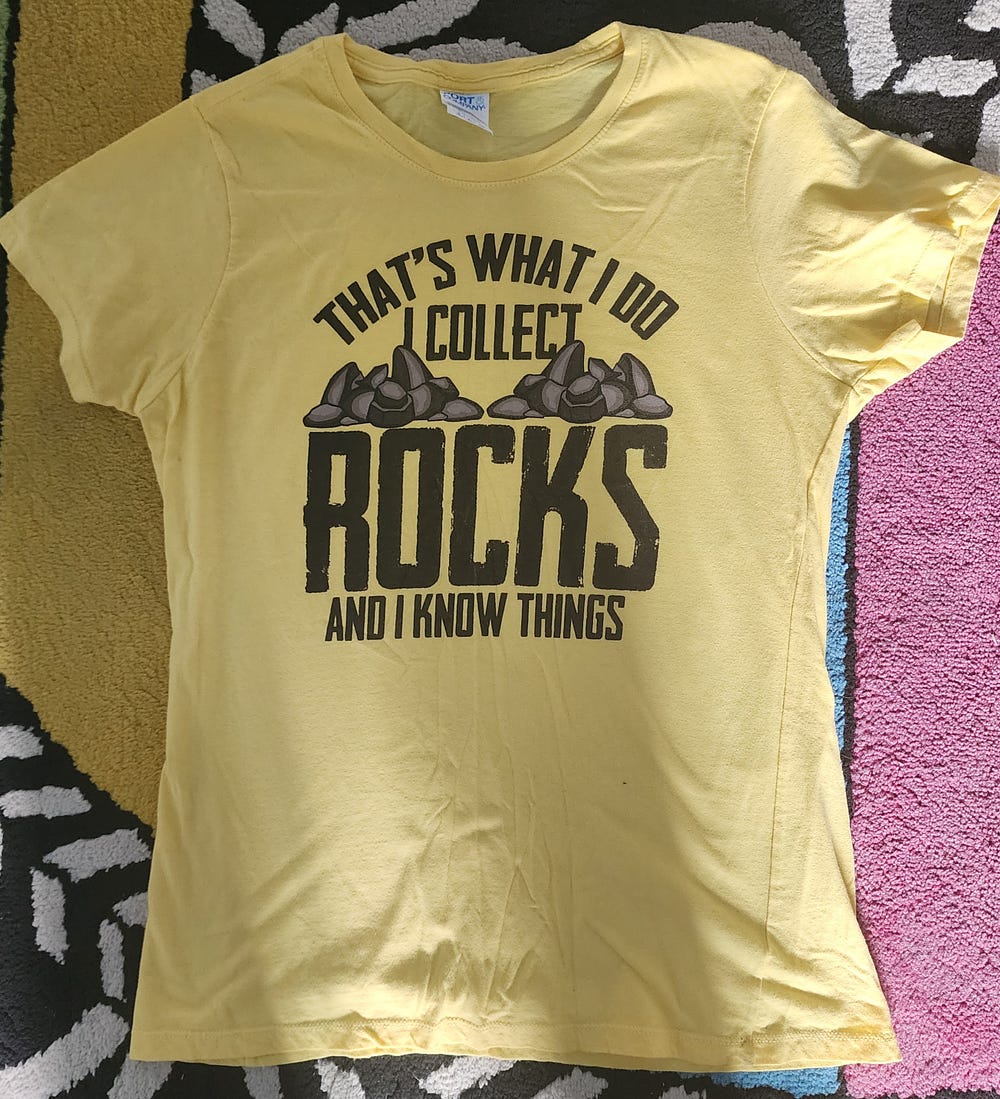
There is one more super important person in my establishing Lithic Literature as a real possible break through: Antonieta Costa. She truly took me in and calmly watched me gyrate with explanations of how I felt that pareidolia was a ruse created by academics, religion, and politics to dismember the human brain from its own memory. It was a way to deny the people of the land their dignity. It allowed the ancient ancestors to be categorized as sub human. I literally start crying with my heart on my sleeve when I communicate what she has done for me. At the end of my last visit we met at her favorite chic cafe in Angra do Heroismo, and she presented me with the newspaper article below. I did my best to transcribe and translate. It is a great honor, and it was the one thing that won my daughter over. So in reality, she not only honored me with the article, she gave me my family back. I owe Costa everything.
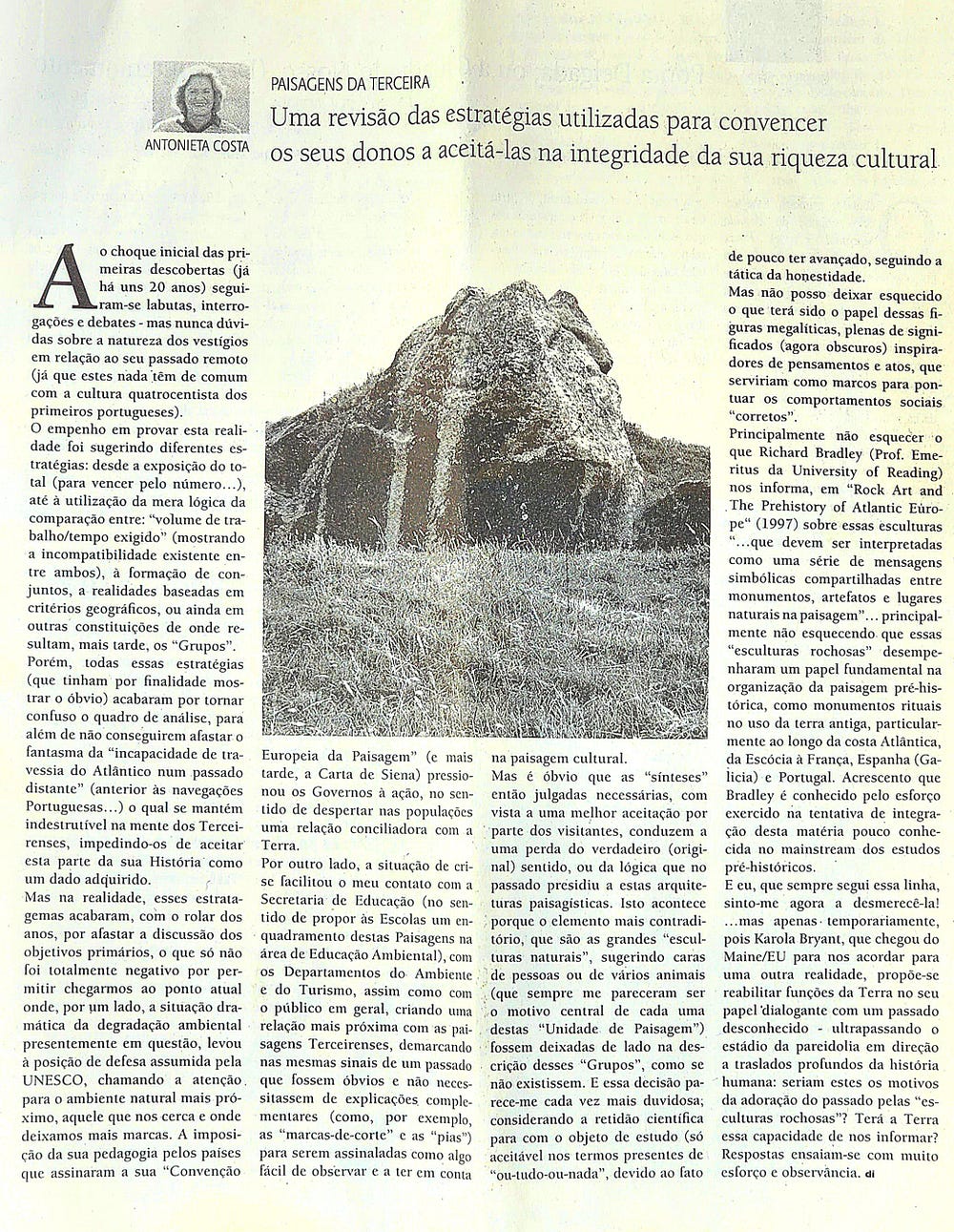
Antonieta Costa
Terceira’s landscapes
A review of the strategies used to convince their owners to accept them in the integrity of their cultural richness
The initial shock of the first discoveries (about 20 years ago) was followed by struggles, questions and debates — but never doubts and debates about the nature of the remains in relation to their remote past (since this has nothing in common with the 15th century culture of the first Portuguese).
The commitment to prove this reality suggested different strategies: from exposing the total (to win by number…), to using the mere logic of comparing: “volume of work/time required” (showing the incompatibility required ( showing the existing incompatibility between the two), the formation of sets, realities based on geographic criteria, or even on other constitutions from which, later, the “Groups” result. ) ended up making the analysis confusing, in addition to not being able to dispel the ghost of the “inability to cross the Atlantic in the distant past” (before the Portuguese navigations…) which remains indestructible in the minds of the people of Terceira, preventing them from taking this part of their history for granted.
But in reality, these stratagems ended up, over the years, pushing the discussion away from the primary objectives, which was not entirely negative in allowing us to reach the current point where, on the one hand, the dramatic situation of environmental degradation currently in question , led to the defense position assumed by UNESCO, calling attention to the closest natural environment, the one that surrounds us and where we leave the most marks. The imposition of its “European Landscape Convention” (and later, the Charter of Siena) pressured Governments to action, in order to awaken in populations a conciliatory relationship with the Earth.
On the other hand, the crisis situation facilitated my contact with the Department of Education (in the sense of proposing the Schools (in the sense of proposing the schools a framework for these Landscapes in the area of Environmental Education), such as Departamentos do Ambiente do Turismo, as well as with the public in general, creating a closer relationship with the landscapes of Terceira, demarcating in them signs of a past that were obvious and did not require further explanations (such as, for example, “cut marks” and “ parents”) to be marked as something easy to observe and take into account in the cultural landscape.
But it is obvious that the “syntheses” then deemed necessary, with a view to better acceptance by visitors, lead to a loss of the true (original) meaning, or of the logic that in the past presided over these landscape architectures. This happens because the most contradictory element, which are the large “natural sculptures”, suggesting the face of a person or various animals (which always seemed to me to be the central motif of each of these “Landscape Units”) were left aside in the description of these “Groups” as if they didn’t exist. And that decision seems to me more and more dubious, considering the scientific correctness towards the object of study (only acceptable in the present terms of “or-all-or-nothing”, due to the fact that little progress has been made, following the tactic of honesty.
But I cannot forget the role of these megalithic figures, full of meanings (now obscure) inspiring thoughts and ethos, which would serve as landmarks to punctuate the “correct” social behaviors.
Above all, do not forget what Richard Bradley (prof. Emeritus of the University of Reading) informs us, in “Pock Art and the Prehistory of the Atlantic Europe”(1997) about these sculptures “…which must be interpreted as a series of messages symbols shared between monuments, artifacts and natural places in the landscape”, not least not forgetting that these “rock sculptures” played a fundamental role in the organization of the prehistoric landscape, as ritual monuments in ancient land use, particularly along the Atlantic coast, the Scotland to France Spain (Galicia) Portugal. I would add that Bradley is known for the effort he exerted in trying to integrate this little-known theory into the mainstream of prehistoric studies.
And I, who have always followed this line, now feel that I am belittling it! …but only temporarily, as Karola Bryant, who arrived from Maine/EU to wake us up to another reality, proposes to rehabilitate Earth’s functions in its role in dialogue with an unknown past — going beyond the stage of pareidolia towards transfers depths of human history: would these be the reasons for the worship of the past by “rock sculptures”? does the earth have the capacity to inform us? Answers are rehearsed with a lot of effort and observance.
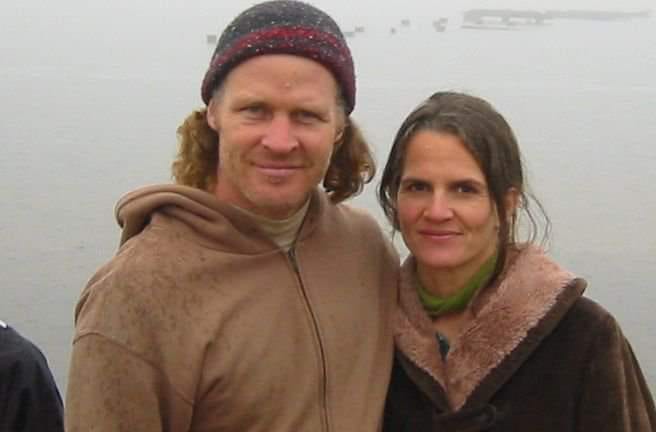


Comments
Post a Comment